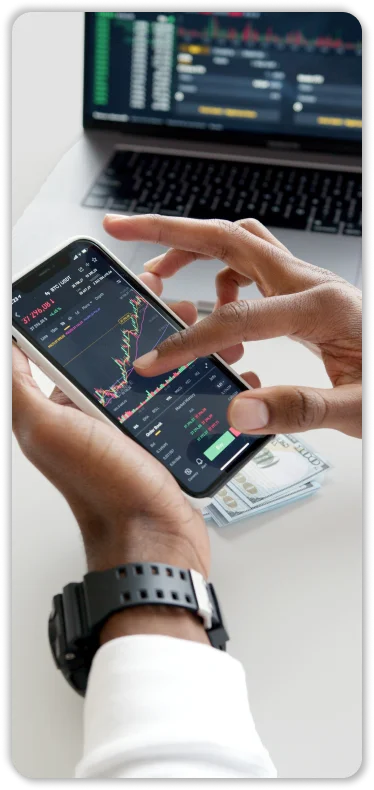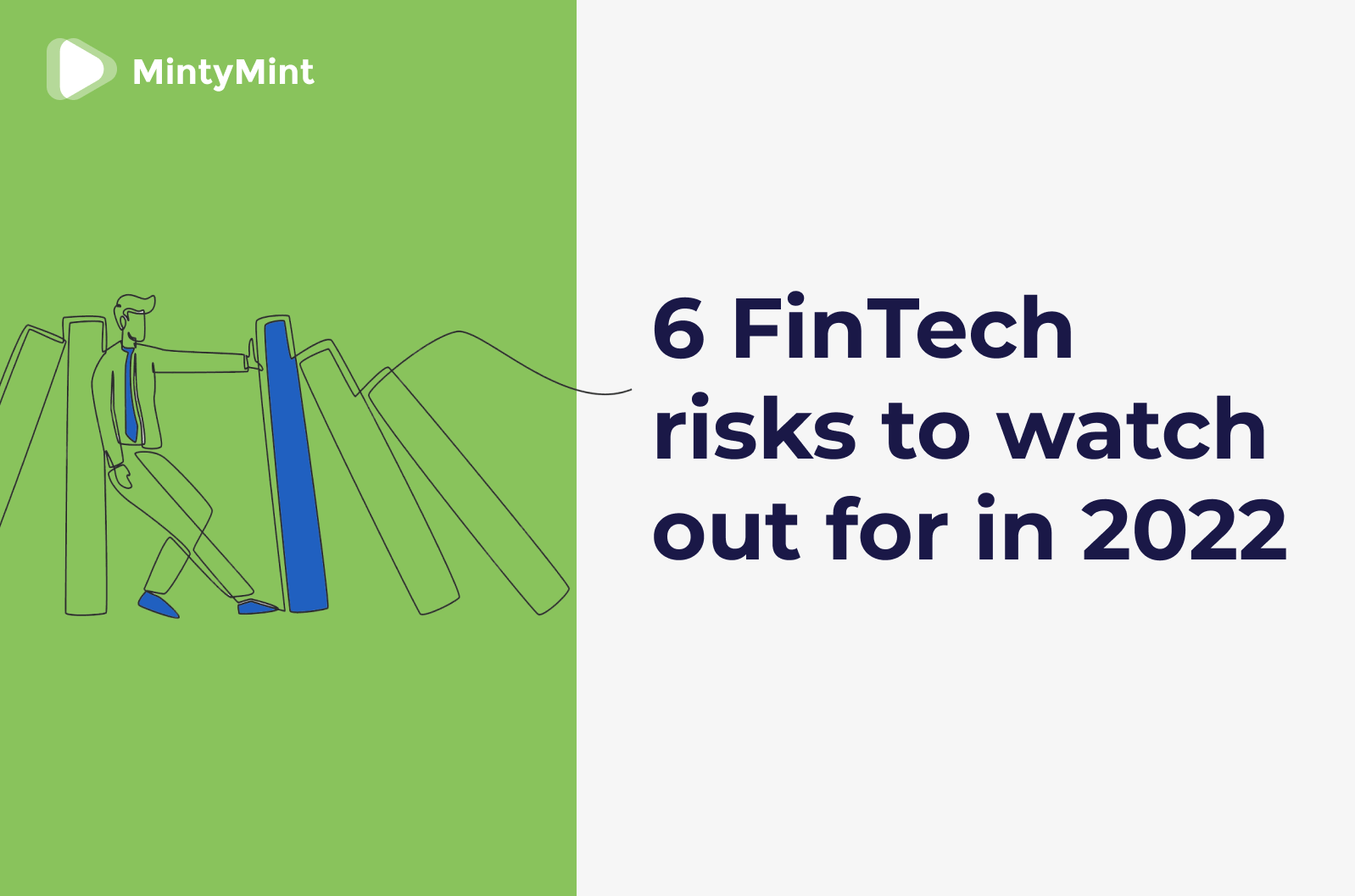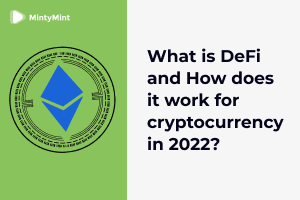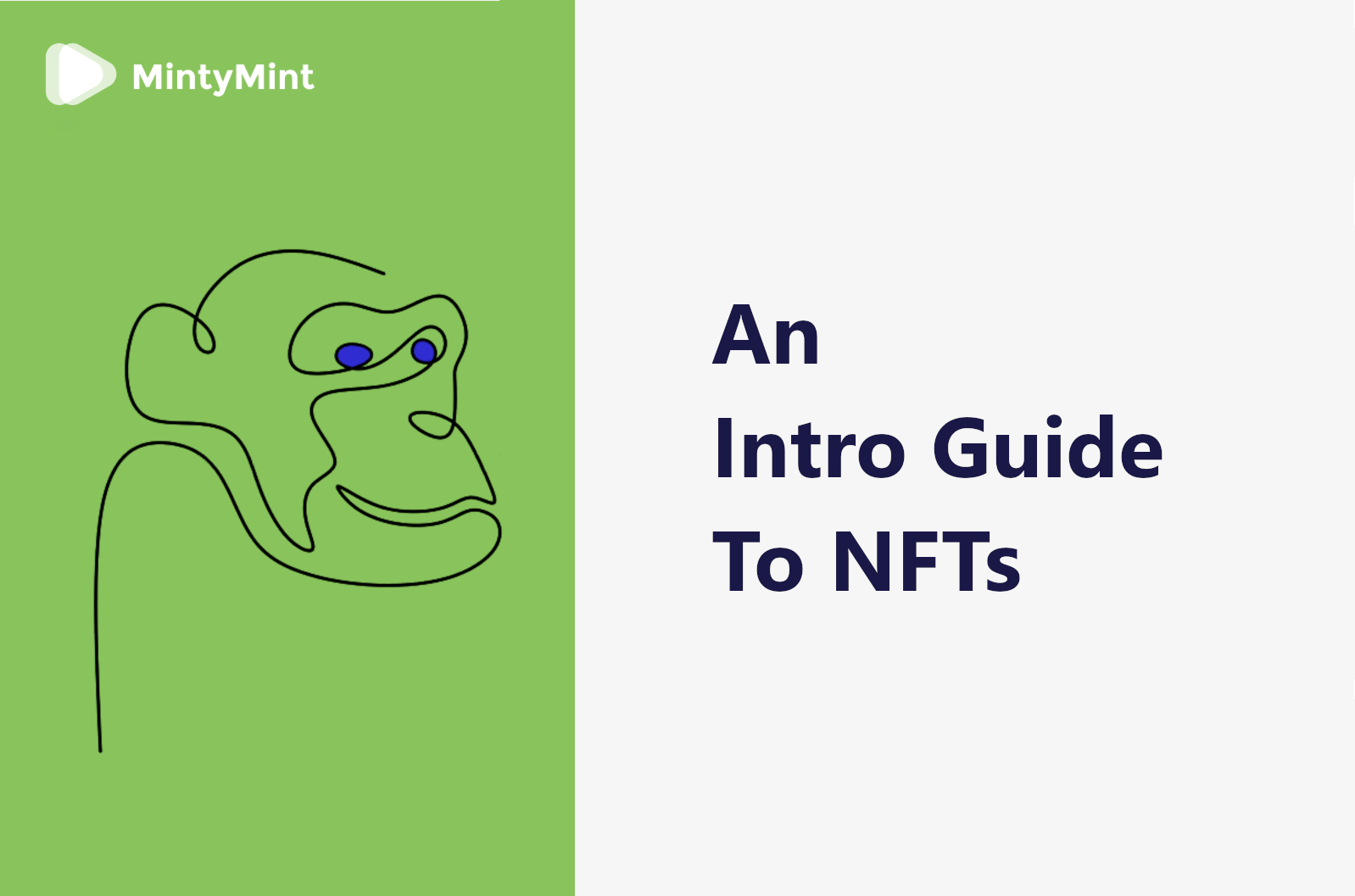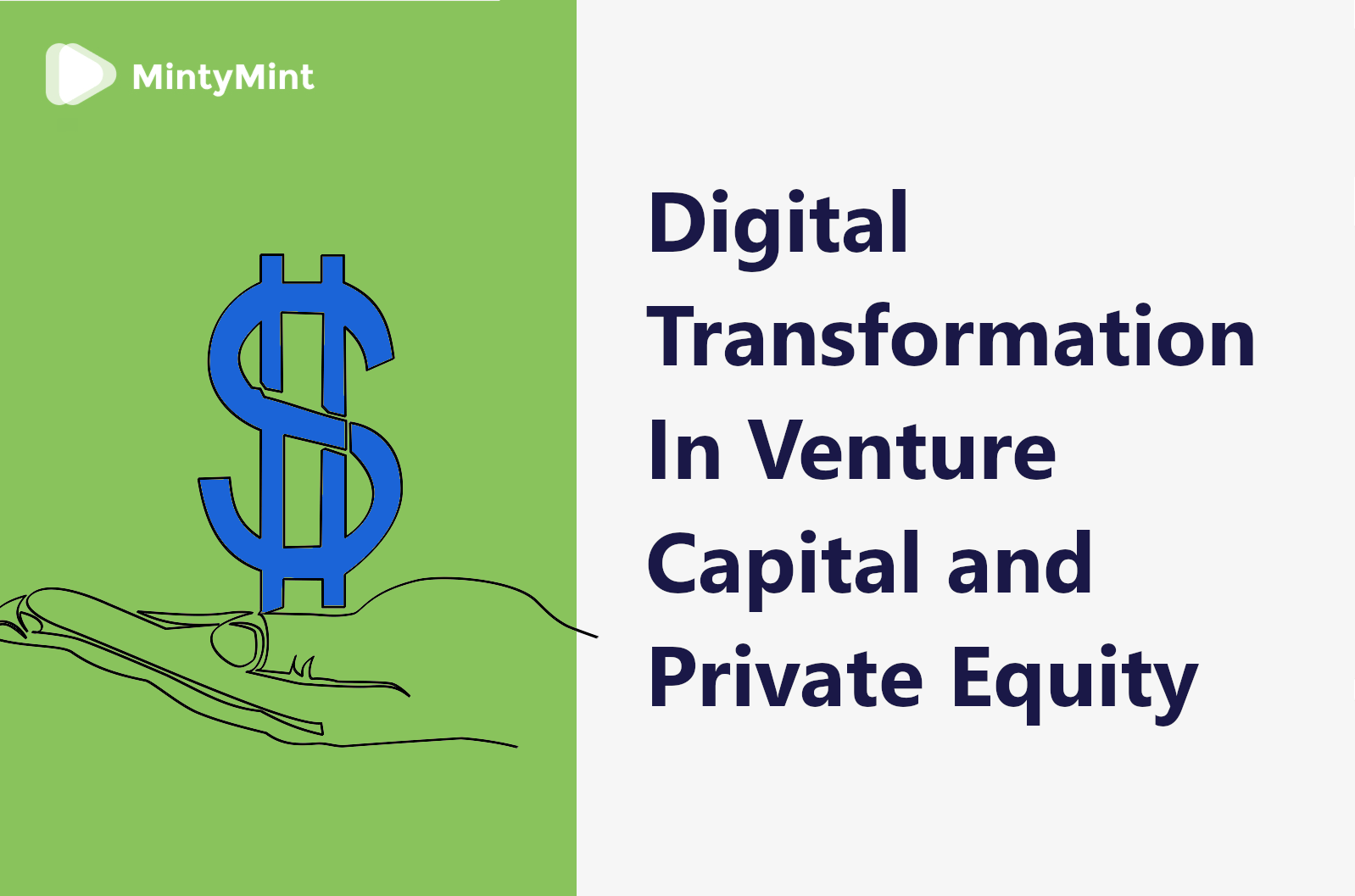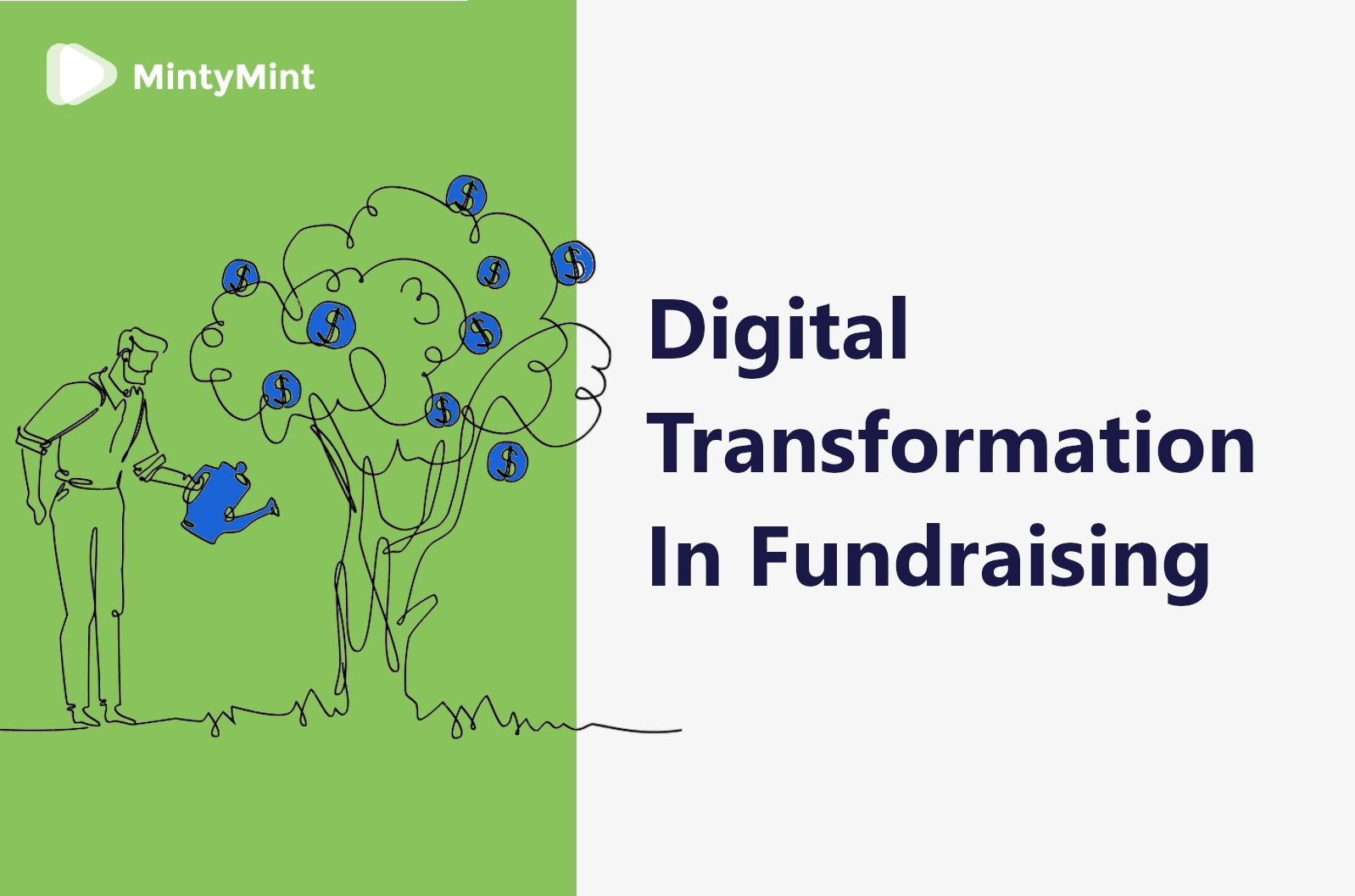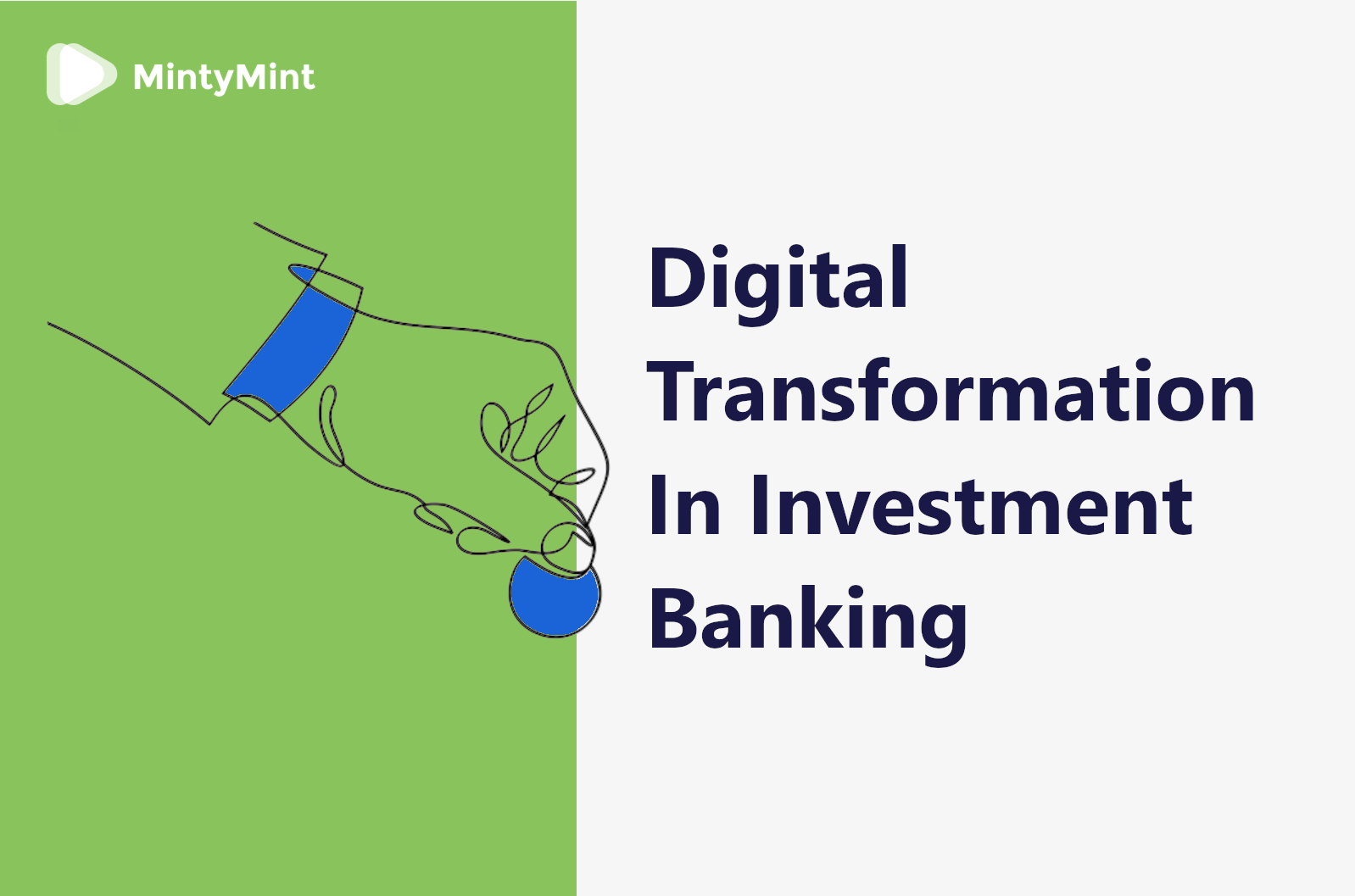Blockchain has been a hot topic in recent years, and while the hype is somewhat decreasing, the technology is actually conquering not only the financial industry, but also the markets of education, trade, business, and many more.
What exactly is Blockchain? What is its future? And why is it important for the ever-growing infosphere?
Let’s have a closer look at the technology to find it all out!
What is blockchain technology and how does it work?
At the core of it, Blockchain is a shared database. Wikipedia defines Blockchain as a “distributed ledger that can record transactions between two parties in a verifiable and permanent way”. In simple terms, the system represents a chain of data blocks, each containing encrypted information about the other blocks to ensure coherency.
Okay, maybe “simple terms” don’t quite apply here.
To better understand the notion, it is helpful to look at its application using a real-world example. Something like a kids’ game…
The main idea behind blockchain
Perhaps some will recognize this game from way back.
It’s simple – participants repeat a given message to one another in a whisper, going from first to last one in a row. Now, you know how people and especially kids are… They get distracted, muffle words, play around, and so on. So usually you get a distorted message after a round or two into the game, and that’s the whole fun.
Now, replace participants with people on the Internet who have slightly more important information to share. Something like bank account data, or business contract details, or a money exchange operation – something that has to be 100% accurate. Just like in the game, someone may accidentally or deliberately interfere with the transfer of information and cause damage.

This is exactly where blockchain comes in handy. It serves as a cheat sheet for the participants, so they can check with the “true” information whenever a message is transferred. Like that, they will never fool or get fooled during the game.
Of course, the process is much more complex than a paper prompt with real data operations, but the idea behind it is quite the same.
History of blockchain technology
While the idea of a distributed database appeared back in the 90s, the technology only took shape as late as 2008, when Satoshi Nakamoto developed a transaction ledger for the Bitcoin cryptocurrency.
Bitcoin soon blew up and became a global thing, giving way to other cryptocurrencies as well. But the blockchain technology proceeded to expand beyond the notion of e-currencies – becoming the people’s choice wherever multiple parties share sensitive information.
How does blockchain work technically
In a blockchain system, data is stored in blocks attributed to participants of the chain (nodes).

The effectiveness of such a database model relies on three pillars of security.
Those are:
1. Hashing
Each block in a blockchain consists of three essential components:
- The block’s data – the information a block carries.
- The block’s hash – essentially a recorded version of the block’s data encrypted into a unique code number.
- The previous block’s hash – a hash number of the previous block.
So, this is how blockchain works:
In a traditional data system, where information is stored in one place, it’s relatively easy to temper by accessing its single point of failure.
In a chain of blocks, on the other hand, information is equally divided among the participants, so tempering with it would require hacking most, if not all the nodes.
This is called the consensus protocol – a collective verification of the chain’s elements, and it is ensured by the hash and the previous block’s hash numbers within every block (see picture below).
In practice, whenever block A is changed it receives a new hash value, which then has to be “approved” by changing block B’s previous block’s hash value accordingly, which will effectively change its own hash value. It then has to be approved by Block C’s previous block hash… and so on.
Like that, the initial operation will only be authorized when all participants acknowledge it and adjust their records accordingly. Otherwise, any change within the chain invalidates it due to not matching hash value sequences.
It’s like playing a game where everyone keeps a scorecard to check the true results.

So, in order to successfully modify a block in a blockchain, all nodes have to confirm the new hash number of that block, effectively creating a “new” chain. More so, in order to temper with a single block, one would have to alter over 50% of them all.
However…
2. Proof of work
Surprisingly enough, modern computers are technically capable to do that, which is why Blockchain technology utilizes so-called proof of work.
Proof of work is a mechanism that slows down the creation of new blocks. It is a calculation that needs to be executed before a new block is established or edited. For cryptocurrencies, it usually takes up to 10 minutes to fulfill. Paired with hashing, this makes tampering with blocks within a blockchain virtually impossible.
More so, there is another way the technology achieves its Troyan-like wall of security.
3. Data distribution
In a blockchain-based database, each node represents a link of the chain without which the entirety of it falls apart – just like an actual chain. Each node stores a copy of the blockchain, protected by a combination of public and private cryptography keys.

Like that, instead of being held centrally, Blockchain data is stored across the network. So, it has neither centralized vulnerabilities nor central points of failure. Since there are no “main” copies of the blockchain with all users granted equal “trust” within the network – there is nothing hackers can actually target to compromise the system. It’s like fighting a myriad of shadows that cast one another.
All of this makes a blockchain virtually incorruptible.
Types of Blockchain
As with any technology out there, there are several types of blockchain each with its own benefits and drawbacks. Those are:
– Public blockchain
A public blockchain is completely free to access. This means that anyone with an Internet connection can join in and become a validator to execute the consensus protocol.
This does not mean that participants have access to each other’s block data, which is well protected by private crypto keys. This just means that multiple people ensure a proper hash sequence to grant the chain’s coherence.
– Private blockchain
Private blockchains (also called peer-to-peer databases) are held on secluded bases and require permission to be accessed. Therefore, you need an invitation from the admin to join in and participate.
While widely applied, private blockchains are generally less secure and are not as “invincible” as public ones. This is because there are admins with advanced rights over the chain, which means a potential centralized point of vulnerability. Nevertheless, private blockchains are a quite popular solution these days.
– Hybrid blockchain
Hybrid blockchains represent a particular combination of public and private chains, depending on which of the methods applies to which parts of the system architecture.
A hybrid approach provides the owners of a chain with some sort of control over the network while maintaining the security level close to that provided by a fully public blockchain.
– Sidechain
A sidechain is essentially a “backup” version of a blockchain that runs in parallel on the main system and stores the same data while remaining independent by using an individual consensus protocol.
This is virtually another level of security on top of the already secure blockchain system.
Blockchain real-life use cases
Now that you have a general understanding of what Blockchain is and how it operates, let’s look into where the technology can actually be applied.
Cryptocurrency exchange
One of the primary examples of blockchain application in real life is cryptocurrency – a digital currency that uses cryptography to secure online transactions.
Cryptocurrency can be used to buy and sell goods just like US dollars or Euro and are rather reliable, although extremely volatile due to no price regulations.
Some of the most used cryptocurrencies are Ethereum and Bitcoin.
Cryptocurrencies have been the pioneer when it comes to blockchain-based monetary operations, paving the way for other financial systems to follow. That said, cryptocurrencies represent only a part of the blockchain’s potential in the niche.
Dapps and smart contracts
Smart contracts are another point of blockchain’s application.
Chris DeRose describes smart contracts as “self-automated computer programs that can carry out the terms of any contract. Financial security held in escrow by a network that is routed to recipients based on future events, and computer code.”
Businesses can use smart contracts to go around regulations and lower the costs of financial operations while maintaining rigid security. This may be useful wherever multiple parties fulfill legal operations, including document turnover, trade, B2C and B2B services, goods supply, commodities renting, social networking… you name it.
NFT marketplaces
Another type of phenomenon relying on the blockchain is NFT (non-fungible token) – a digital asset that represents ownership of physical or digital items. It can be art, music, real estate, or a fantasy football card altogether.
NFT’s blockchain nature makes it unique, reliable, and virtually irreplicable, ensuring the authenticity of ownership rights.
Other niches
Other areas of blockchain application include:
- Bank-less money transfers
- Medical recordkeeping
- Royalties tracking
- Digital identity security
- Anti-money laundering tracking system
- Supply chain and logistics monitoring
- Digital voting
The future of blockchain technology
While the technology is still developing and is not as dominant as one would wish for, BlockChain definitely has a huge potential to grow.
The combination of simplicity, security, and universal applicability of blockchain makes it a true gem for tasks and projects across all major industries and niches of our digital activity.
Starting from cryptocurrencies, Blockchain is slowly but surely conquering the preference of businesses around the world. And although a relatively young technology, it seems to be staying around for a long time, if not forever.
Have questions about Blockchain and whether your business needs it? Leave us a note and we’ll reach back to you!



